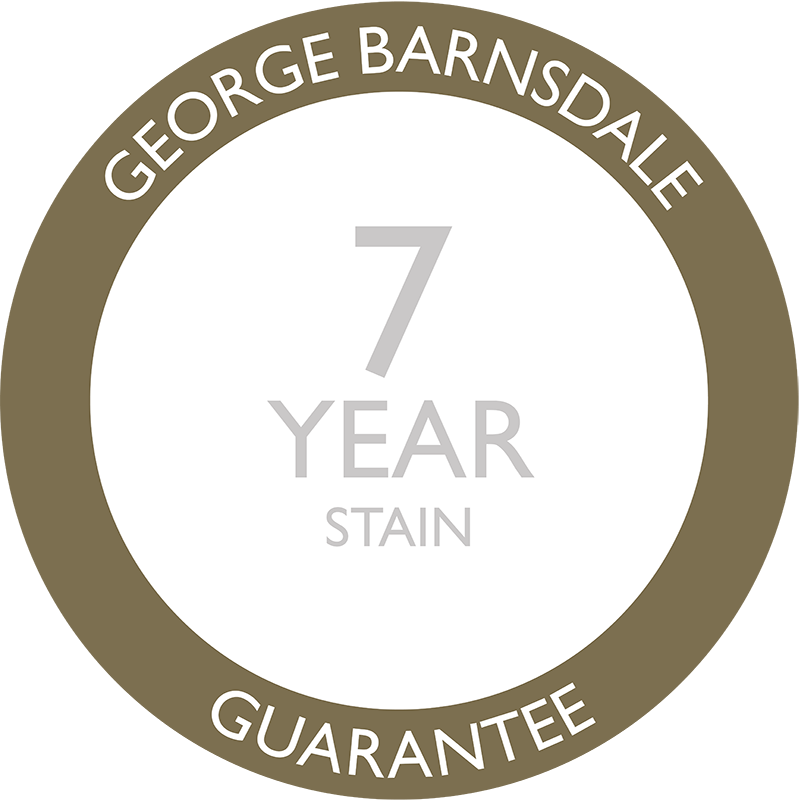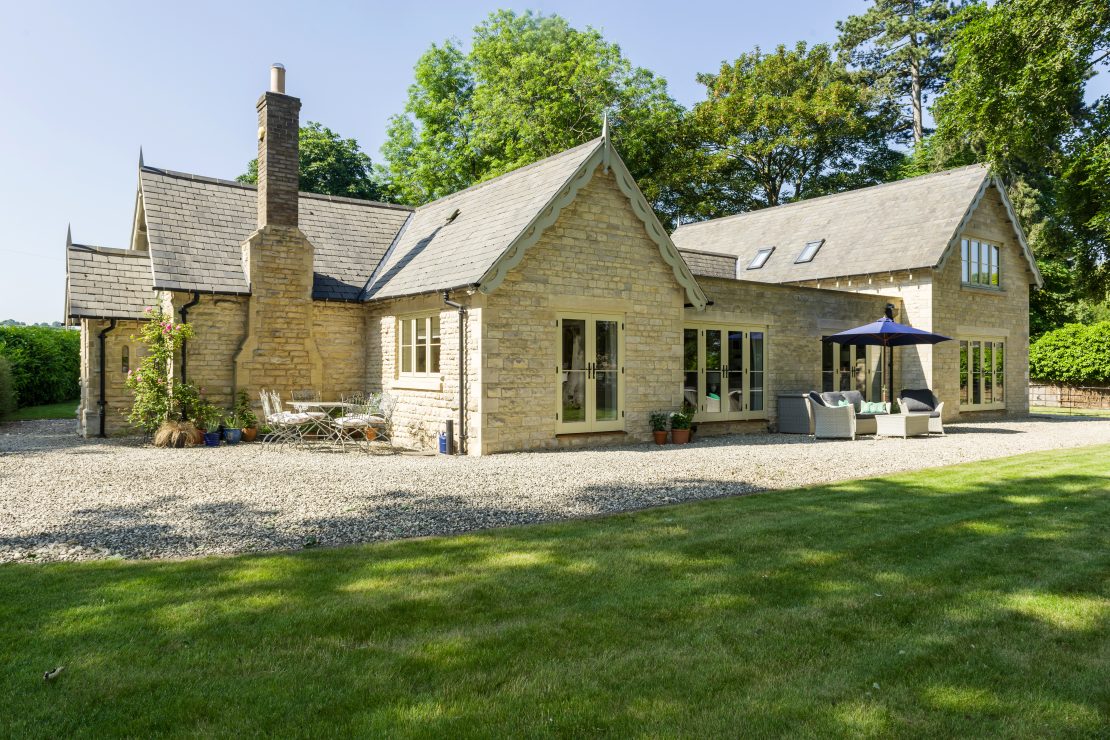October 6, 2014
There is no escaping that Autumnal nights are fast approaching. With trees ablaze with rustic orange and red hues, there is a definite chill in the air and many discerning homeowners are thinking of ways to improve the energy efficiency of their homes before winter draws in.
A common cause of heat loss and draughts in properties is through ill fitted, or poor performing windows. When looking at replacement windows, you will be confronted by a wealth of information, which can sometimes be overwhelming especially with the differing advice on triple and double glazing.
Reliable Timber Windows
Before you get caught up in the double versus triple glazing debate, the best thing you can do is look for a reputable window manufacturer who can provide impartial advise on thermal efficiency which is backed up by test research and BFRC website – the UK’s national system for rating energy efficient windows (BFRC the UK’s national system for rating Energy Efficient Windows). The BFRC rating and any valid test research will indicate how a window can:
• Help you contain and conserve heat within your property in the winter;
• Keep out the wind;
• Resist condensation;
• Contribute to improved sound insulation.
Using an energy efficiency rating banding (A-E), you will be able to compare the energy efficiency of windows though the U-value (level of thermal insulation), the solar gain of the glass (positive energy from the sun) and the air leakage (energy lost through cold air entering and warm air escaping).
At George Barnsdale all of our timber windows are tested for thermal performance and weather tightness. For weather tightness we test our products in accordance with BS 6375 Part 1 and for thermal performance we optimise our window design through thermal modelling by our in-house BFRC simulator. We also offer solar control glass that allows the heat gain from the sun to be matched to the requirements of the building.




















